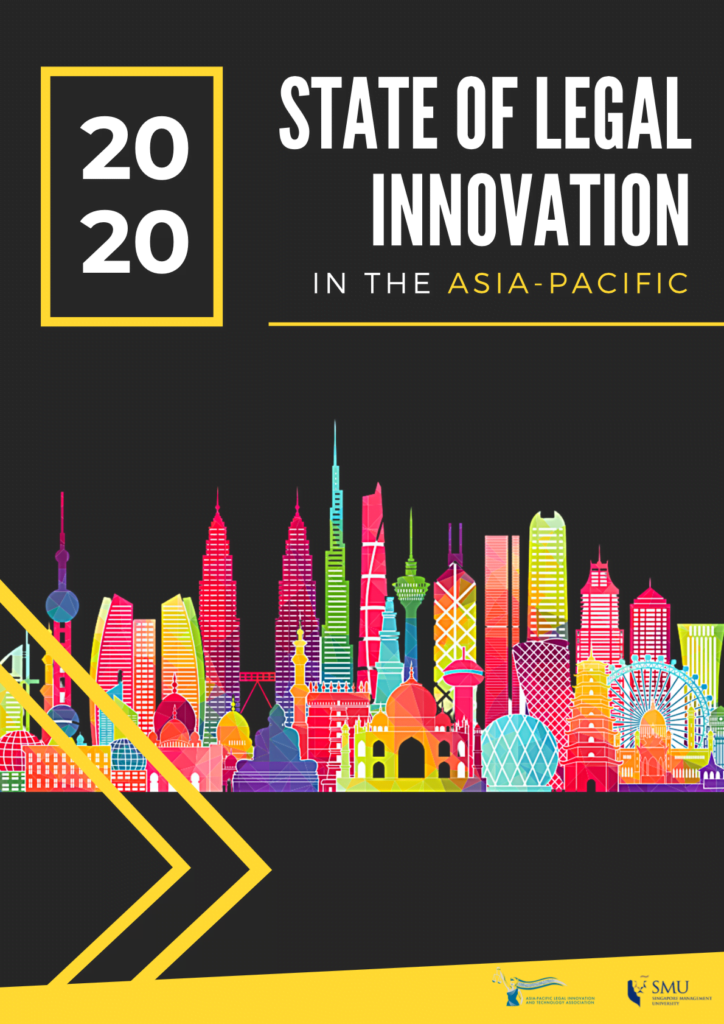Written by Josh Lee
LawTech.Asia is proud to be an official media partner of the CLOC Global Institute, an online event that focuses on outstanding educational content for legal operations and the business of law. It will see esteemed speakers like Adam Becker, CLOC Vice-President and Anushree Bagrodia, Vice-President at Mastercard, speaking on such topics as growing the influence of legal operations, planning for 2021, and using legal operations to increase diversity and inclusivity.
LawTech.Asia has also been receiving exclusive updates from CLOC, and we understand that as a body and a movement, CLOC intends to shift its focus from in-house professionals to embrace its identity as a global community focused on redefining the business of law. “The wording was intentional,” CLOC President Mary O’Carroll says. “It is more than just in-house legal departments and teams. It is about transformation”.
While more details are expected at CLOC Global Institute, which will be happening in a few short hours, we understand that CLOC intends to leverage scale to solve problems collectively. This means shifting CLOC’s global and long-term strategy, and scaling up its organisational infrastructure, to gather voices perspectives and resources to answer global questions, and to allow individuals to find support, resources and networks to find answers to the global disruptive challenges facing us. Ostensibly, this means bringing in new entrants, new technology firms and new law firms onto the CLOC table.
When asked about how CLOC intended to facilitate conversations between groups of stakeholders who often talk at cross-purposes or, by dint of culture, find it challenging to build understanding, Mary was hopeful: “We must first start with opening the conversation, and we are here to learn through that expansion. It has always been in our DNA to take risks and try. The important thing is not be an echo chamber, and to build conversations that can be rich and engaging. There may be difficulties in communicating, but I believe that creates a learning and teachable opportunity that CLOC is uniquely positioned to bring.”
Greater collaboration is always helpful and appreciated, but the devil, as always, lies in the detail. LawTech.Asia will be here to provide more clarity as CLOC makes a more detailed announcement at the 2020 edition of CLOC Global Institute.






